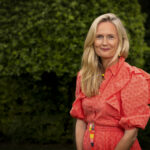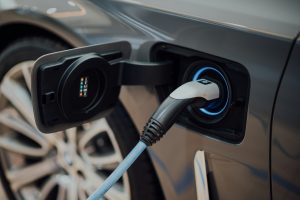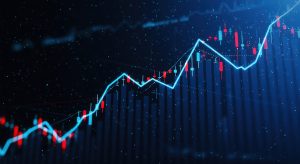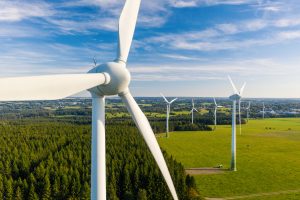Climate Action & Quality Education - top priorities for sustainable investors

Climate change is the “biggest threat to security that modern humans have ever faced.” 1
Sir David Attenborough
The connection between climate and education
20 million people are being displaced every year by climate change. 2
If all children globally received secondary education, 420 million people could be lifted out of poverty, reducing the global poverty rate by more than 50%. 3
Education is one of the biggest solutions we have in the fight to repair and regenerate our climate and our broader environment. 4
These are significant statistics that highlight the need for significant progress across all areas of sustainable development. Harnessing invested capital has the potential to overcome a range of challenges the world faces.
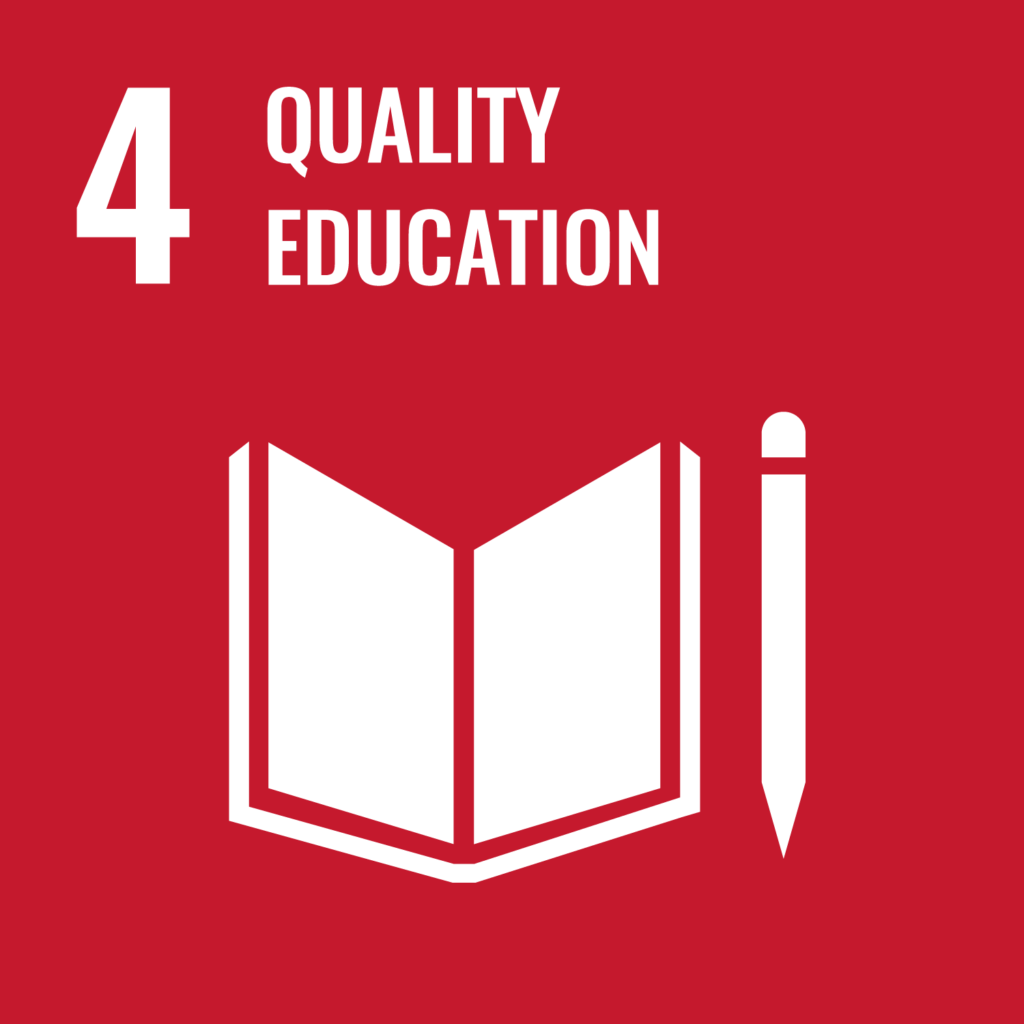
Going deeper with ImpactDNATM
To help our clients align their wealth with their values and the change they want to see in the world, we developed an interactive assessment tool called the
ImpactDNA™
Each client’s ImpactDNA™ is expressed through the
UN Sustainable Development Goals (UN SDGs)
Over the last 8 years, the two most popular Goals our clients have chosen in their lead group of Goals are SDG 13 (Climate Action) – 67% and SDG 4 (Quality Education) – 64.8%. The interconnectedness between all the Goals runs deep, but the interdependency between these two goals is particularly strong. 41.1% of all our clients (including charities and private clients 5 ) include both these Goals in their lead group of Goals.
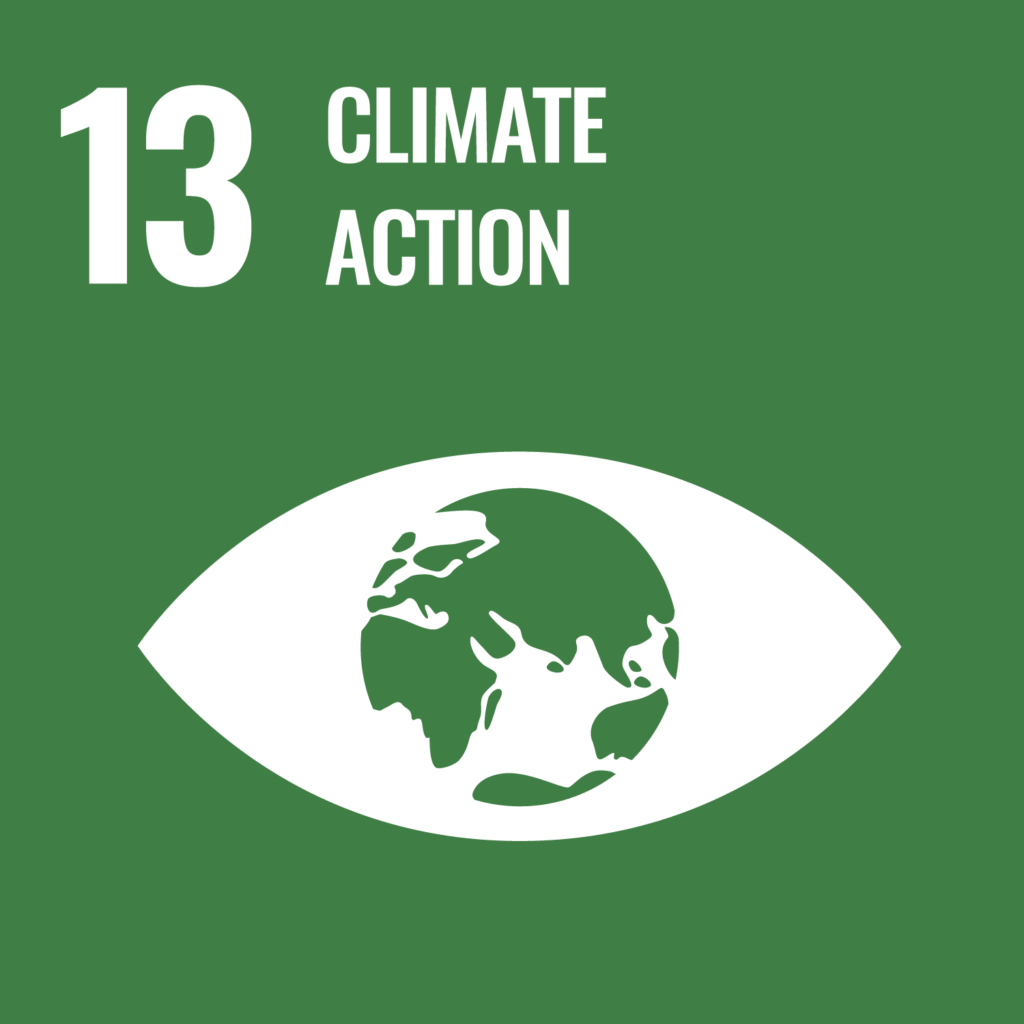
Interconnected SDGs and systems thinking
Despite not selecting SDG 4 or SDG 13 in their top group of Goals, our other clients also care deeply about education and climate action. Many support both by looking at how everything is connected and finding different ways to create change. The interconnectedness of the Goals is clear when looking at the next three most popular Goals in our clients’ lead groups:
- 47.6% – SDG 6 (Clean Water and Sanitation)
- 45.3% – SDG 7 (Affordable and Clean Energy)
- 45% – SDG 14 (Life Below Water)
Agriculture,
Renewable energy
We use systems thinking early on through our ImpactDNA™ process and later in our investment strategy. For example, we invest in microfinance to support climate action, knowing that empowering women is closely tied to tackling climate change. Many microfinance funds we invest in directly benefit women. This approach helps our clients’ portfolios contribute to global sustainable development – as defined by the SDGs.
While it can be useful to identify a lead group of Goals that reflect impact priorities, the interconnected and interdependent nature of the SDGs means that investing in one or a few Goals contributes to the broader systems change needed for a world where people and the planet can thrive.
Footnotes
- Scroll to footnote
- Scroll to footnote
- Scroll to footnote
- Scroll to footnote
-
Not including SIMPS portfolios provided via IFAs.Scroll to footnote

